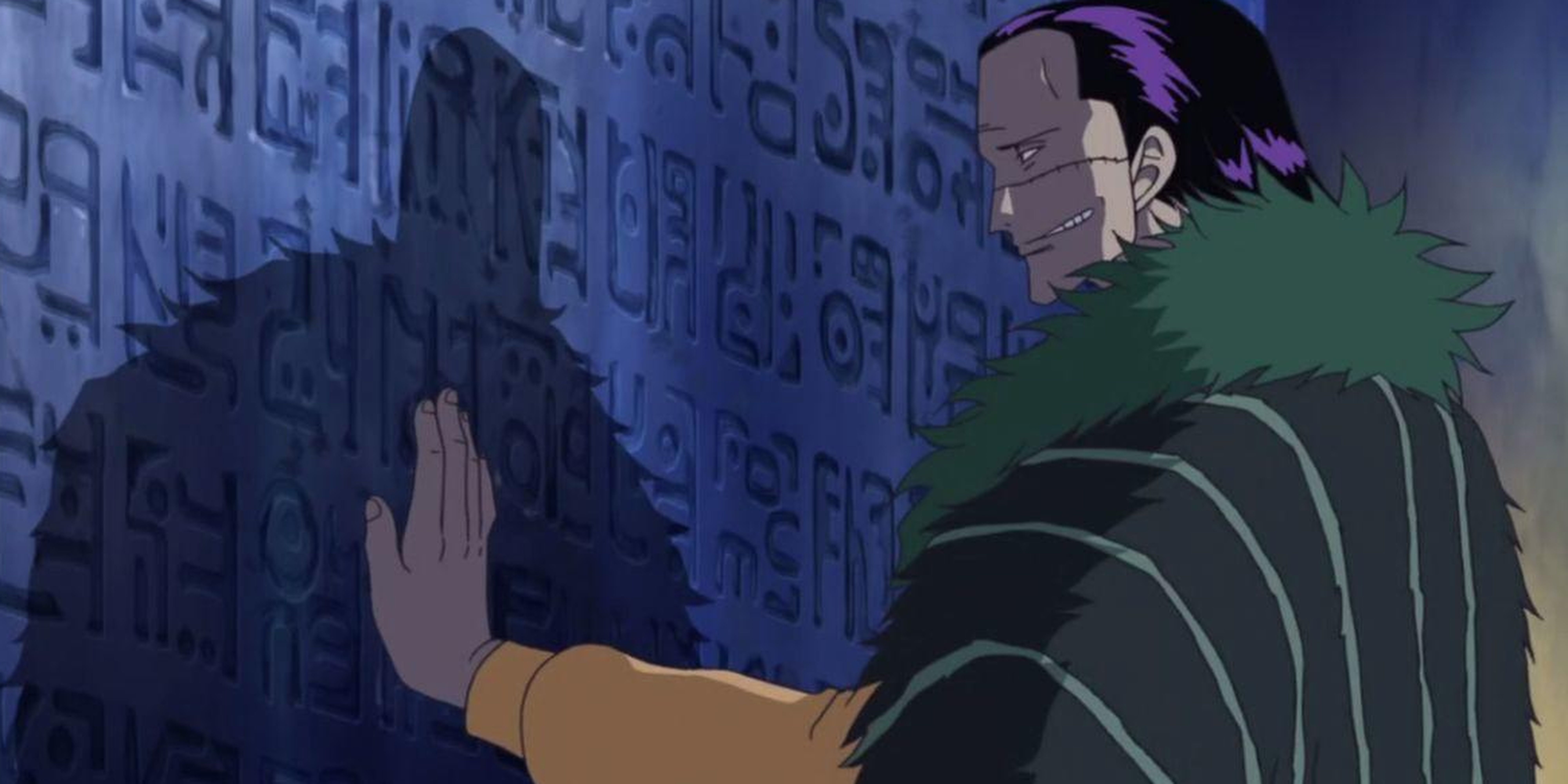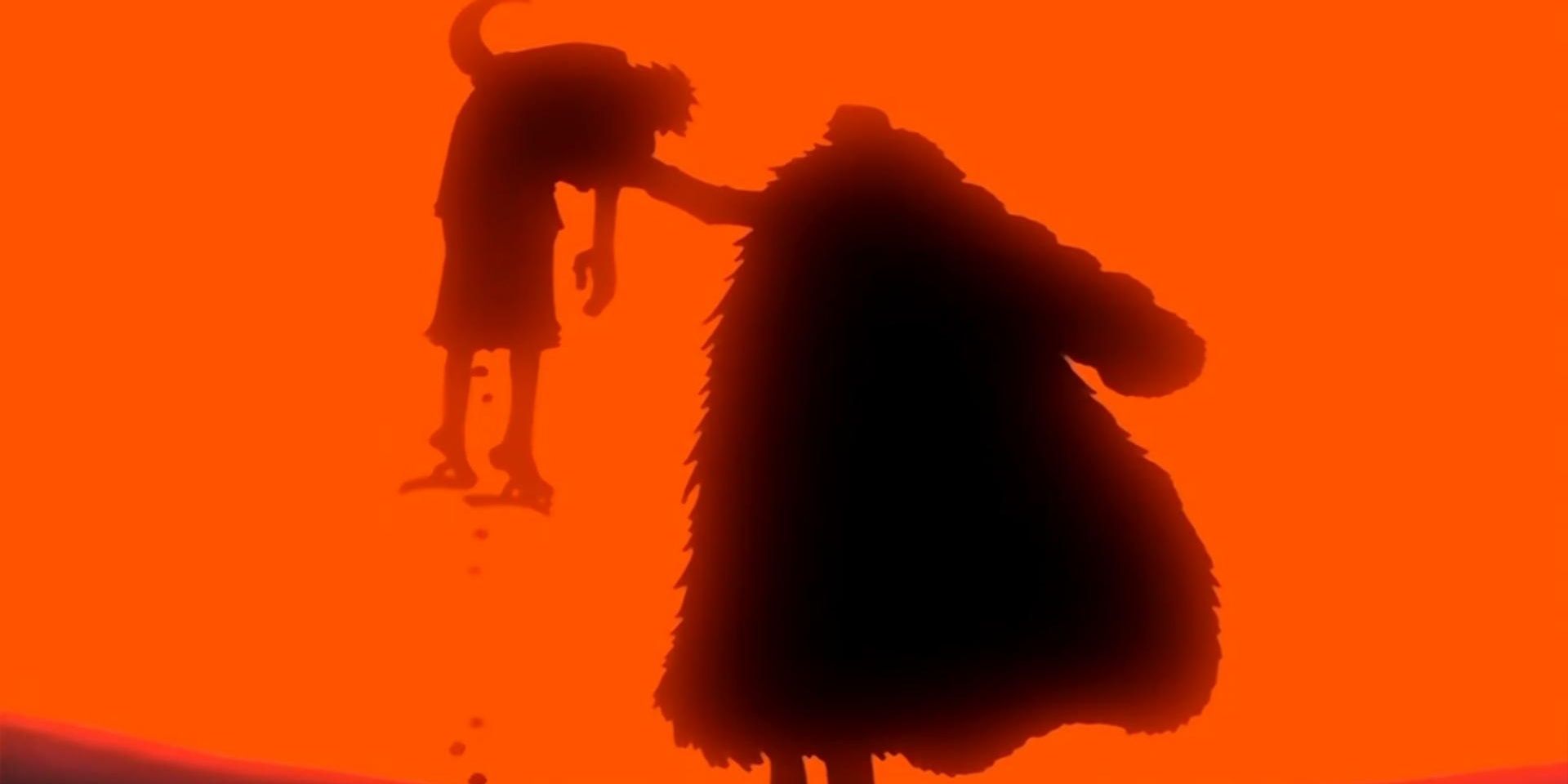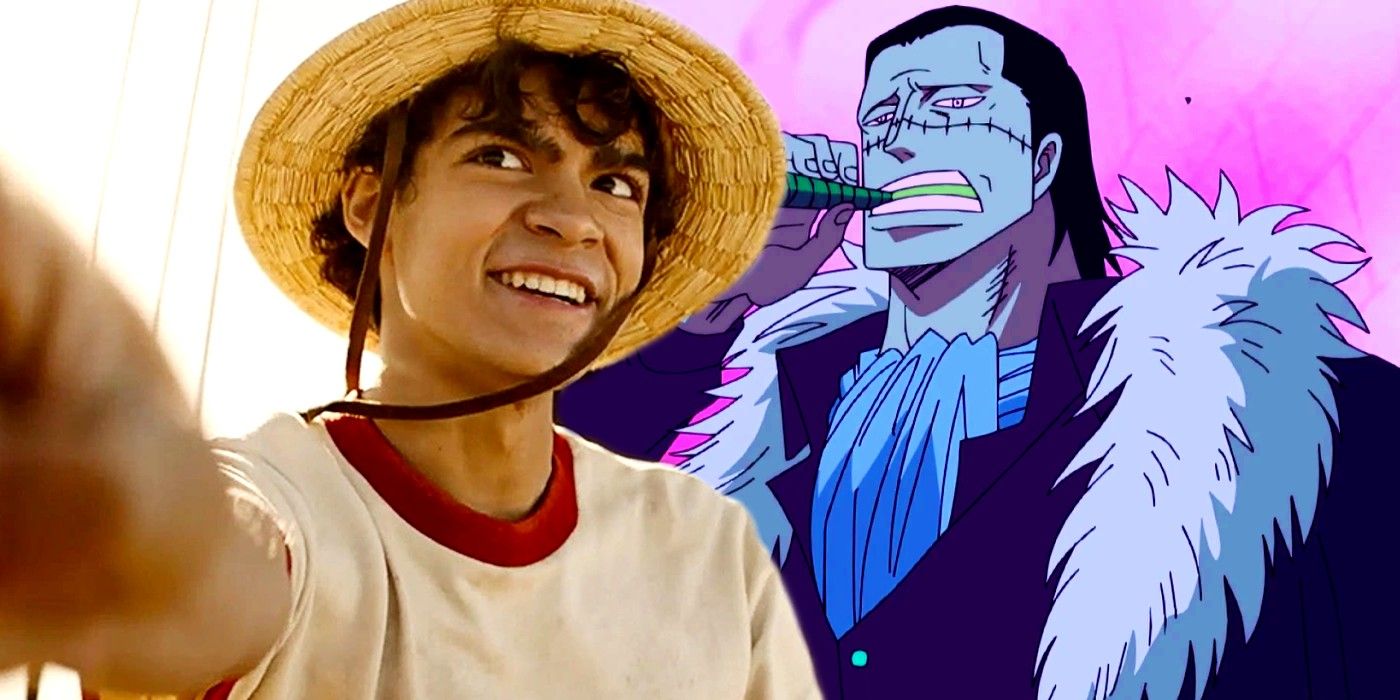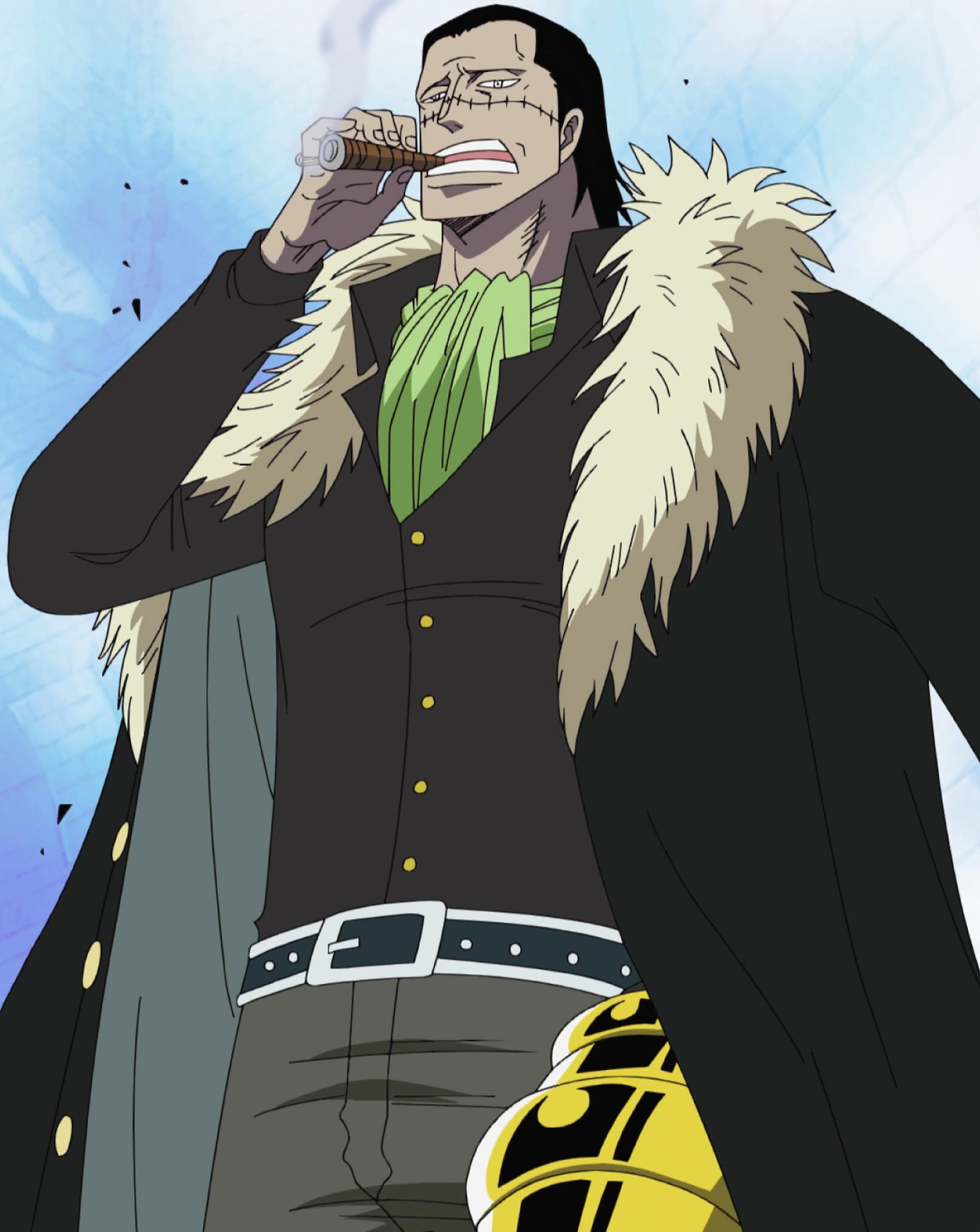One Piece Season 2: A Deep Dive into Alabasta’s Sands and the Rise of Crocodile
Associated Articles: One Piece Season 2: A Deep Dive into Alabasta’s Sands and the Rise of Crocodile
Introduction
On this auspicious event, we’re delighted to delve into the intriguing subject associated to One Piece Season 2: A Deep Dive into Alabasta’s Sands and the Rise of Crocodile. Let’s weave attention-grabbing data and provide recent views to the readers.
Desk of Content material
One Piece Season 2: A Deep Dive into Alabasta’s Sands and the Rise of Crocodile

One Piece’s second season, encompassing episodes 62-130, marks a big leap within the anime’s narrative ambition and visible storytelling. Whereas the preliminary East Blue saga served as a captivating introduction to the world and its colourful solid, Alabasta elevates the stakes dramatically, introducing advanced political intrigue, morally gray characters, and a villain whose energy and ambition dwarf something Luffy and his crew have confronted earlier than. This arc is not nearly defeating a strong opponent; it is about navigating a kingdom teetering getting ready to collapse, understanding the nuances of a bigger world, and confronting the devastating penalties of unchecked energy.
The season begins with the Straw Hats’ arrival within the desert kingdom of Alabasta, a land ravaged by a seemingly endless drought. The colourful, nearly idyllic preliminary impressions rapidly crumble because the crew discovers the reality: the drought isn’t a pure phenomenon, however a meticulously crafted scheme orchestrated by the manipulative and extremely highly effective Warlord of the Sea, Crocodile. This shift in tone is straight away palpable. The breezy, typically comedic adventures of East Blue are changed by a palpable sense of urgency and hazard. The stakes are now not nearly private survival; they contain the destiny of a whole nation.
Crocodile, voiced with chilling charisma, is a masterclass in villain creation. He’s not a cackling brute pushed by easy malice; he’s a crafty strategist, a grasp manipulator who operates from the shadows, pulling strings to realize his final objective – the traditional weapon Pluton. His calculated cruelty, his disdain for the weak, and his unwavering ambition make him a very terrifying antagonist, a far cry from the comparatively easy villains encountered earlier within the collection. The anime excels in portraying his chilling demeanor, his delicate expressions betraying a calculating thoughts all the time a number of steps forward.
The Alabasta arc introduces a number of compelling supporting characters who considerably contribute to the narrative’s depth. Vivi, the princess of Alabasta, is initially offered as a damsel in misery, however she rapidly evolves into a robust, resourceful chief who fights tirelessly to guard her folks. Her journey from naive princess to brave revolutionary is among the most compelling facets of the season. Her unwavering loyalty to her folks and her willingness to sacrifice every part for his or her well-being creates a strong emotional core to the narrative.
Past Vivi, the season introduces a various solid of supporting characters, every with their very own motivations and struggles. Igaram, Vivi’s loyal advisor, struggles along with his conflicting loyalties; Mr. 0, Crocodile’s right-hand man, embodies the chilling effectivity of Crocodile’s group; and the assorted rebels combating towards Crocodile’s tyranny every add their very own distinctive perspective to the battle. These characters aren’t simply pawns in Crocodile’s sport; they’re totally realized people with their very own advanced backstories and emotional arcs. The anime successfully makes use of these supporting characters to construct a richer, extra nuanced understanding of the political panorama of Alabasta.
The animation fashion undergoes a noticeable evolution on this season. The elevated finances and expertise of the manufacturing crew are evident within the extra detailed character designs, the improved struggle choreography, and the breathtaking depiction of the huge desert landscapes. Using colour is especially placing, with the colourful hues of the oasis contrasting sharply with the tough, unforgiving browns and yellows of the desert. The animation successfully captures the oppressive warmth and the fixed menace of sandstorms, including a visceral layer to the narrative. The struggle sequences, notably Luffy’s battles towards Crocodile, are a number of the most visually spectacular in the complete collection to this point, showcasing the expansion in each Luffy’s energy and the anime’s means to depict high-stakes fight.
One of many key strengths of the Alabasta arc is its exploration of themes of freedom, justice, and the corrupting affect of energy. Crocodile’s reign of terror highlights the devastating penalties of unchecked ambition and the significance of combating for what is correct, even within the face of overwhelming odds. Luffy’s unwavering dedication to freedom and justice, even when confronted with seemingly insurmountable obstacles, serves as a strong counterpoint to Crocodile’s chilly pragmatism. The arc subtly explores the complexities of morality, exhibiting that the road between good and evil isn’t all the time clear-cut.
The season additionally expands on the world-building established in East Blue. We get a glimpse into the complexities of the World Authorities and the facility dynamics between the Marines and the Warlords of the Sea. The introduction of the idea of historical weapons, notably Pluton, hints at a bigger, extra intricate world past the quick scope of the Straw Hats’ adventures. This enlargement of the world’s lore provides depth and intrigue to the narrative, leaving the viewers wanting to study extra.
The pacing of the Alabasta arc, whereas typically criticized for being slower than a number of the later arcs, is deliberate and efficient. It permits the viewers to change into invested within the characters and their struggles, to grasp the political intricacies of Alabasta, and to understand the load of the challenges dealing with Luffy and his crew. The slower moments are sometimes punctuated by intense motion sequences and emotionally resonant character interactions, sustaining a compelling narrative rhythm.
Nonetheless, the season is not with out its flaws. Some viewers may discover the prolonged desert setting repetitive, and sure plot factors might be thought of predictable. Nonetheless, the energy of the characters, the compelling narrative, and the improved animation greater than compensate for these minor shortcomings.
In conclusion, One Piece’s second season, encompassing the Alabasta arc, is a pivotal second within the anime’s journey. It represents a big step up by way of narrative ambition, character growth, and visible storytelling. The introduction of Crocodile as a very formidable antagonist, the compelling journey of Vivi, and the exploration of advanced political themes elevate the collection past its preliminary, extra lighthearted tone. Whereas not with out its minor flaws, Alabasta stays a landmark arc, showcasing the enduring energy and enchantment of One Piece’s compelling world and unforgettable characters. It units a excessive bar for future arcs and solidifies the anime’s place as a cornerstone of the shonen style. The season leaves a long-lasting impression, solidifying the Straw Hats’ journey and promising even larger adventures to come back.








Closure
Thus, we hope this text has offered priceless insights into One Piece Season 2: A Deep Dive into Alabasta’s Sands and the Rise of Crocodile. We admire your consideration to our article. See you in our subsequent article!